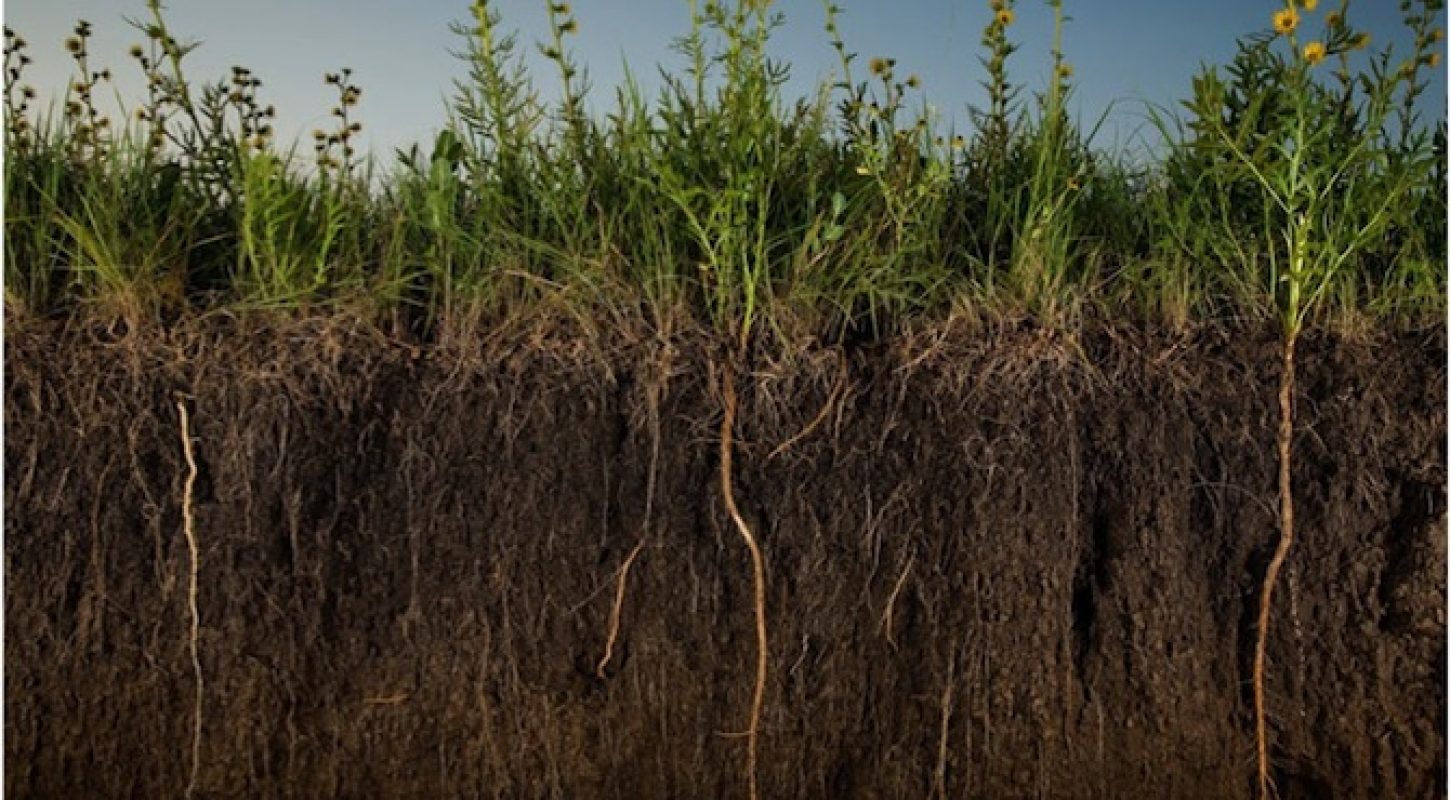Climate change is here to stay, right?
Everything we read says it’s going to continue to get worse. Much worse, right?
Well I’m here to de-bunk that inevitability. Admittedly, we’re already past the threshold of 400 parts per million (PPM) that scientists told us not to pass. We’re heading to 450, and even the new climate agreements the UN is trying to put together will result in a temperature rise of two degrees. This, by the way, simply means a slightly smaller catastrophe.
We’re making progress, however, in reducing the amount of carbon we’re putting into the atmosphere. If we were to really commit we could likely be carbon-neutral by 2050.
Unfortunately that wouldn’t solve the problem. What’s already up there will continue to wreak havoc “for a thousand years before the earth begins to turn around” according to Steven Chu, former Secretary of Energy and Nobel Prize winner.
So solving the climate crisis is not simply about reducing the carbon we put up there, it’s also about taking what’s up there and bringing it back. Think about being in a house with a massive gas leak that filled the house with gas. Fixing the leak is important, but you also need to clear the house of gas or you’re still doomed.
So here’s the good news (and that’s the understatement of a millennium)– we can clear the air and restore the atmosphere to pre-Industrial Age condition in as little as 20 years. And we can do it without sacrifice, technological messiahs, or trillion dollar investments. The answer is literally right under our feet. It’s called soil.
Studies are now proving (from the US to Thailand to Costa Rica and even Iran) that if we stopped using industrial agriculture techniques and returned to natural, regenerative farming we could begin eliminating carbon from the atmosphere in as little as three years. Industrial agriculture contributes roughly one-third of all CO2 to the atmosphere, whereas regenerative farming reduces CO2 in the atmosphere by re-sequestering it back into the soil, where nature wants it, needs it, and kept it before we destroyed the soil’s ability to do so.
As we all know, nature is a perfect system, with no waste. Nature needs that CO2 for photosynthesis to work, with plants trading underground fungi and bacteria carbon (in the form of carbohydrates) for their nitrogen and phosphorus. When we dump chemical fertilizers in the soil the plants stop doing what nature designed them to do—taking the carbon out of the atmosphere to use for bartering. Even converting a relatively small percentage of the world’s industrial farms to no-till regenerative farms could solve our crisis, according the United Nations Conference on Trade and Development and the Rodale Institute. Others, like the USDA-funded Marin Carbon Project, have shown the same result by restoring soil health in grazing and grasslands.
But wait, you also get—healthier people, greater food security, and trillions of dollars in savings. We’re healthier because we’re eating healthier food and putting fewer chemicals into our land and our food. We have greater food security because healthy soil is not only a carbon sink it’s a water sponge, maintaining yields even during droughts. (Imagine how different California’s current historic drought would feel with less stress on our farming industry!) And those two things will lead to literally trillions of dollars saved on healthcare costs, water costs, and other input costs.
And as for Big Ag’s mantra that “we can’t feed seven billion people without industrial farming” the truth is exactly the opposite. Regenerative farming yields are essentially the same, yet they are more secure, use less water, and do not turn top soil into inert matter that can’t produce food without artificial help.
This is not meant to replace the work being done to move to a clean energy society. It’s meant to give us the time we need to create and implement what will be needed to get us there.
A leading soil scientist currently hypothesizes that if just Australia were to convert to regenerative farming it would be enough to begin reversing climate change. Wonder if simply converting the massive farming industry in California might also do the trick.
-Check out wwww.carbonunderground.com and share the research with your family, friends, and co-workers.
-Eat local and organic
-Contact your local elected officials about industrial agricultural practices, climate change, and the incredible potential of regenerative farming.
Bio:
Larry spent over 20 years in the advertising industry, overseeing branding work for companies like American Express, Honda, Coca Cola, and others. As a committed environmentalist he has done environmental communications for the Olympics, the UN, and as creative head of ECO, Hollywood’s environmental organization created award-winning messages seen by over a billion people annually. He is on the board of Greenpeace, 1% For The Planet, and was a founding board member of Oceana. Today he runs Kopald/Stranger, a change agency living at the intersection of social change and business development.
Photo Credit: Eco Elements Design




